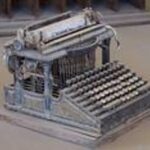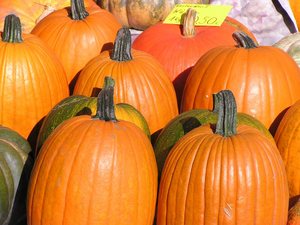In this beginner’s guide to writing news stories writers will learn the basic, and somewhat flexible format of news article writing.
Beginner’s Guide to Writing News Stories: Structure of a News Article
Structure of a News Article: 1. The Headline
The headline of a news article can be written in two different ways. The traditional way is to write the headline in a purely factual manner. Think NYT. This traditional way of writing a headline conveys what the article is actually about. For purposes of the Internet, a factual headline is also more searchable than the second option.
The second option is to write a clever, sometimes cute headline. This works for newspapers like the Boston Herald, which runs the gamut between being newsy and being tabloid-ish. A clever headline may catch more eyes, but it is not as searchable online as a factual headline.
There is a mixed school of thought on which type of headline to use for online articles. If your page views are determined mostly be your article being searchable, then a factual headline is best. If you already know that your article will be receiving page views, and it may be competing with other articles, either your own, or those by other writers, go for the clever headline.
When using a factual headline online, writers can save the clever headline to use in the sub-heading. This way, readers will still be drawn in, and the headline will be searchable.
The headline does not have to be written first, it can be written last.
Structure of a News Article: 2. The Lead
The lead is the most important part of the news story. The lead should not tease the reader. The lead needs to relay the facts of the story right up front.
State the who and the what in the lead, or the first sentence of the news article. If the when, where and how are important, include those as well. After reading the lead, the reader should know exactly what the article will cover. There should be no surprises.
If the facts themselves are completely uninteresting, or not compelling enough, you may not have a real news story on your hands.
Structure of a News Article: 3. Second Paragraph: Why
The second paragraph of the article expounds upon the lead. The writer includes the significance of the event, or the “why” this event is newsworthy.
Why should the reader read this? Why should they care?
Structure of a News Article: 4. Third Paragraph: Who
Depending on the news story, the second and third paragraphs could switch places. If the event is about a famous person, the significance may be because of who they are are, which would bump this paragraph up.
If the who is not as important as the why or why, this paragraph could also find its way further down in the article.
Include a more in-depth paragraph about the person in question. Why is this person important? Consider this one of the background paragraphs. For example, “Director John Smith is currently working on a science fiction thriller. Smith is best known for films The Moon Glow and The Earthquake that Ended the World.”
Structure of a News Article: 5. Fourth Paragraph and Beyond: In-Depth
After establishing what happened, who did it, why it’s important, and why the person or people are important, go into further detail about the event.
Structure of a News Article: 6. Fifth Paragraph and Beyond: Background
Include any deeper background information paragraphs further down in the article. These paragraphs could include a quick biographical sketch of the newsworthy event, historical information, or other background information relevant to the news event.



